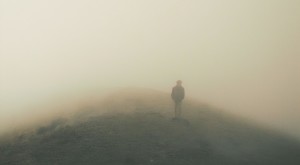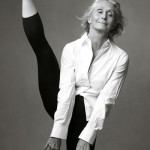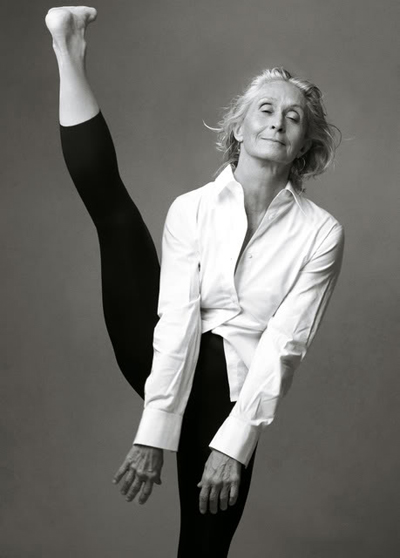
by Sandra Gulland | Nov 22, 2015 | Adventures of a Writing Life |
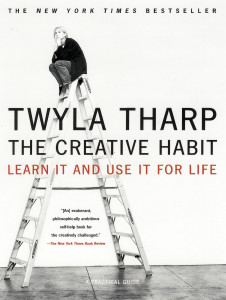
I’ve been recently inspired by Twyla Tharp’s book THE CREATIVE HABIT: LEARN IT AND USE IT FOR LIFE.
Here are some quotes:
Some people find … the moment before creativity begins … so painful that they simply cannot deal with it. They get up and walk away from the computer, the canvas, the keyboard; they take a nap or go shopping or fix lunch or do chores around the house. They procrastinate. In its most extreme form, this terror totally paralyzes people.
After so many years, I’ve learned that being creative is a full-time job with its own daily patterns. That’s why writers, for example, like to establish routines for themselves. The most productive ones get started early in the morning, when the world is quiet, the phones aren’t ringing, and their minds are rested, alert, and not yet polluted by other people’s words. They might set a goal for themselves—write fifteen hundred words, or stay at their desk until noon—but the real secret is that they do this every day. In other words, they are disciplined. Over time, as the daily routines become second nature, discipline morphs into habit.
I know this works, I know this is true: I preach it, yet I don’t always succeed in doing it. Today is an example. I frittered away the morning hours answering emails that I told myself were urgent … but, frankly, anything can wait a few hours.
So: it was just an excuse.
The routine is as much a part of the creative process as the lightning bolt of inspiration, maybe more. And this routine is available to everyone. Creativity is a habit, and the best creativity is a result of good work habits.
Yes, I’m shouting these words! At myself as much as to all of you.
Here are some more delicious quotes:
In order to be creative you have to know how to prepare to be creative …
there’s a process that generates creativity—and you can learn it. And you can make it habitual.
It takes skill to bring something you’ve imagined into the world: to use words to create believable lives, to select the colors and textures of paint to represent a haystack at sunset, to combine ingredients to make a flavorful dish. No one is born with that skill. It is developed through exercise, through repetition, through a blend of learning and reflection that’s both painstaking and rewarding. And it takes time.
If art is the bridge between what you see in your mind and what the world sees, then skill is how you build that bridge.
That’s the reason for the exercises. They will help you develop skill. Some might seem simple. Do them anyway—you can never spend enough time on the basics.
Everything is raw material. Everything is relevant. Everything is usable. Everything feeds into … creativity. Without the time and effort invested in getting ready to create, you can be hit by the thunderbolt and it’ll just leave you stunned.
It’s vital to establish some rituals—automatic but decisive patterns of behaviour—at the beginning of the creative process, when you are most at peril of turning back, chickening out, giving up, or going the wrong way.
Read
this blog post for more quotes and an example of one of the creativity exercises Tharp gives in this book. Always carry a pencil is one. :-)
Who is Twyla Tharp?
Among many other things,
Twyla Tharp is an artist, choreographer, and creator of the smash-hit Broadway show,
Movin’ Out. She has created 130 dances for her company, the Joffrey Ballet, the New York City Ballet, Paris Opera Ballet, London’s Royal Ballet, and American Ballet Theatre. She is 74 now, and far from slowing down:
Choreographer Twyla Tharp brings two bold new works to Kennedy Centre — an interview in
The Washington Post. My hero!
A few great links to share
• Masters of the Everyday: Dutch Artists in the Age of Vermeer. Be sure to click through the individual paintings and read the explanations. It’s wonderful how you can zoom in for a close look. I especially liked “The listening Housewife.” For a review of this exhibit, read this post.
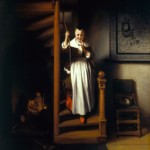
• Why Your Critics Aren’t The Ones Who Count, an inspiring— and funny—Ted-type talk by Brené Brown.
What I’m up to
I’m having a hard time with the revision of Moonsick. I keep stirring the pot, but it’s slow to thicken. This beautiful photo of “Man in a fog” by Harman Wardani feels perfectly expressive of my state of mind.
Reading Tharp’s book, I realized that I have a ritual that triggers creativity: I record the day’s writing goals in a notebook and — bam! — I’m off to the races.
You may have noticed that my website is being revised (so that it will be visible on all devices). It’s still in the construction phase, so please bear with us.
The world news continues to be both distracting and extremely distressing. This cartoon, which I posted to FaceBook, has been getting a lot of “likes,” so I gather most everyone feels the same:
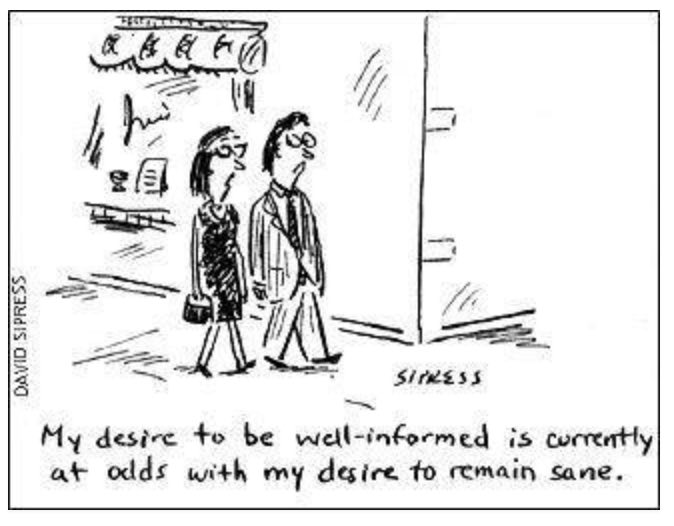
Have a good week … . Stay sane!
by Sandra Gulland | Dec 18, 2014 | Adventures of a Writing Life, Painting |
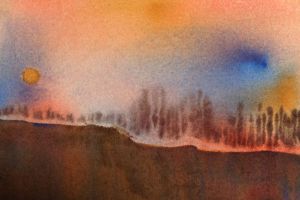
Yesterday, I went to a watercolour class. Before heading out, I searched my computer for for the address, but up popped a biographical essay I wrote many years ago: “Watercolors.”
It’s about my teen years, and about my mother, but most of all it’s about creativity and renewal. I wrote it for an anthology edited by my friend Victoria Zackheim: The Face in the Mirror; Writers Reflect on Their Dreams of Youth and the Reality of Age. It’s a biographical essay, as close as I’ve ever come to a memoir, and rereading it again brought tears. I’m thinking I might publish it as a chapbook, sub-titling it “An exceedingly short memoir of a rather long life.”
How à-propos that this essay should have reappeared just now, for I’ve been in the betwixt and between fog that it addresses—a fog I go into after a manuscript is sent out and before a new draft or novel is begun. In the essay, watercolours are seen as key to reviving creative doldrums.
Ah ha.
(I’m reminded of a chapbook by Henry Miller I treasure: To Paint is to Love Again.

It’s a collector’s item now, a bit expensive, but you can hear him reading from it on YouTube.)
The class, taught by Canadian artist Donna Dickson, was excellent: tools and techniques and, for me, total absorption for a good three hours. Writing is such a mental, even abstract art, it’s refreshing to engage with the physical world in this way.
Above is a snapshot of a watercolour I painted this summer. It wouldn’t be honest to claim that it’s only the process that matters, but in truth it really is about process … and right now my process is learning techniques and how to use the tools.
That said, what I love most about the visual arts is that they open me up to seeing the world in a new way.
(See To Paint Is to Love Again: Henry Miller on Art, How Hobbies Enrich Us, and Why Good Friends Are Essential for Creative Work on Brainpickings.com.)
Here is the painting I did for Donna Dickson‘s class. She’s an excellent teacher. Watercolours are such a pleasure!
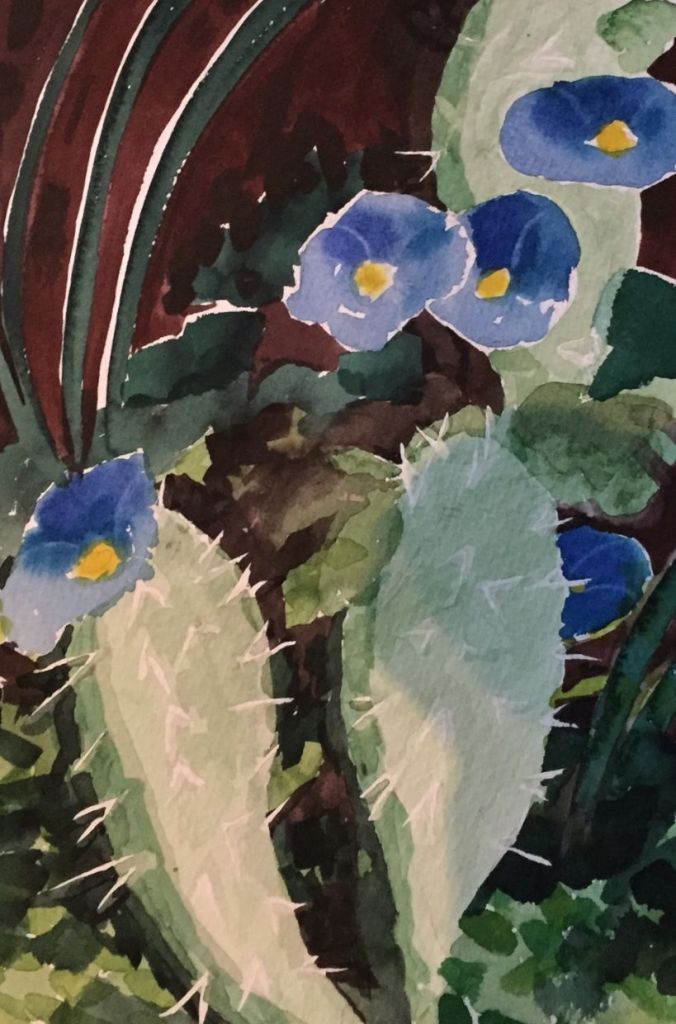
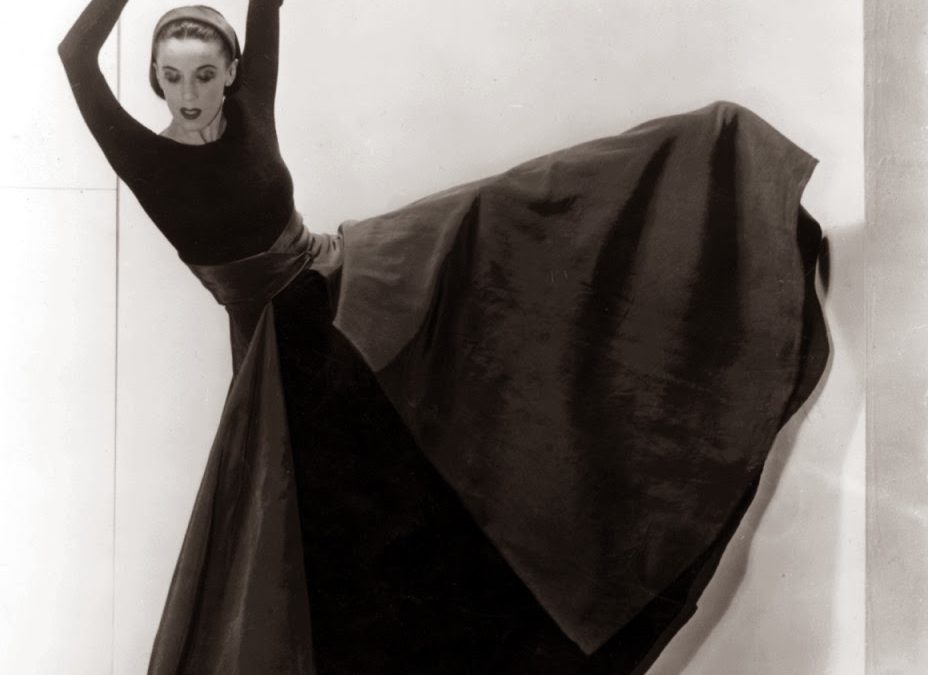
by Sandra Gulland | Mar 1, 2012 | Adventures of a Writing Life, Sandra Gulland INK, The Shadow Queen, The Writing Process, Work in Process (WIP) |
I love reading about the creative process through the lens of other arts. These inspiring quotes are from the amazing dancer, Martha Graham:
There is a vitality, a life force, an energy, a quickening that is translated through you into action, and because there is only one of you in all of time, this expression is unique.
And if you block it, it will never exist through any other medium and it will be lost. The world will not have it.
It is not your business to determine how good it is nor how valuable nor how it compares with other expressions. It is your business to keep it yours clearly and directly, to keep the channel open.
You do not even have to believe in yourself or your work. You have to keep yourself open and aware to the urges that motivate you. Keep the channel open. …
No artist is pleased. [There is] no satisfaction whatever at any time. There is only a queer divine dissatisfaction, a blessed unrest that keeps us marching and makes us more alive than the others.
What’s going on:
I’m working on draft 6.1 of This Bright Darkness (the Next Novel’s working title), trying to get it to my editor by the end of this month. Lots to do!
In the background, Kris Waldherr is working on getting the first of my Sandra Gulland Ink titles ready to launch into the stratosphere. Very exciting! Kris is a wonderful designer, and these e-books are going to be exceptional.
The San Miguel de Allende Writers’ Conference was excellent this year. I’ve notes, notes, and more notes to gather together and share.
Anon …
I’ve a novel to finish!
SaveSave


